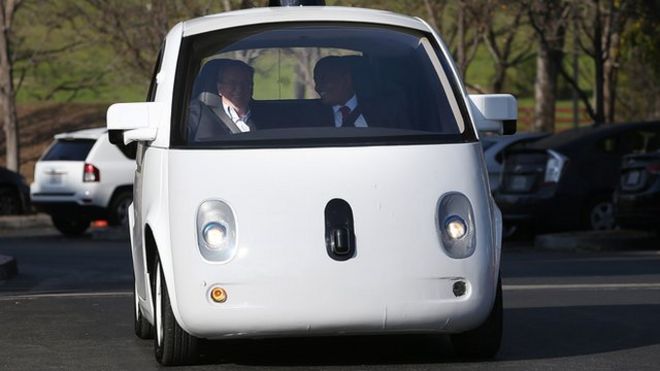For the past several years, tech companies and automakers have been testing self-driving cars on the open road in California. But regulators insisted that those vehicles have steering wheels, foot controls and human backup drivers who could take over in an emergency. On Friday, the state Department of Motor Vehicles proposed regulations that would open the way for truly driverless cars. Under the rules, road-testing of such vehicles could begin by the end of 2017, and a limited number could become available to customers as early as 2018, provided the federal government gives the necessary permission.
Other states allow tests
Currently, federal automobile standards require steering wheels, though Washington has shown a desire to encourage self-driving technology. While a few other states have permitted such testing, this is a major step forward for the industry, given California’s size as the most populous state, its clout as the nation’s biggest car market and its longtime role as a cultural trendsetter. The proposed regulations also amount to the most detailed regulatory framework of any state. “California has taken a big step. This is exciting,” said Bryant Walker Smith, a law professor at the University of South Carolina who tracks government policy on self-driving cars.
Rules maybe ready by year’s end
The rules are subject to a public hearing and a comment period and could change. Regulators hope to put them in effect by December. The proposal is more than two years overdue, reflecting complex questions of safety and highly advanced technology. “We don’t want to race to meet a deadline,” said Bernard Soriano, a leader of the motor vehicle agency’s self-driving program. “We want to get this right.”
A Google self-driving car is on display at Google's I/O conference in Mountain View, Calif., May 18, 2016. Cars with no steering wheel, no pedals and nobody at all inside could be driving themselves on California roads by the end of 2017, under proposed new rules.
In one important change from prior drafts, once a manufacturer declares its technology is road-ready, it can put its cars on the market. That self-certification approach mirrors how federal officials regulate standard cars, and represents a big victory for such major players as Waymo, Google’s self-driving car project. Also under the proposed regulations, any driverless car still must be remotely monitored and able to pull itself over safely in an emergency.
Consumer Watchdog objects




